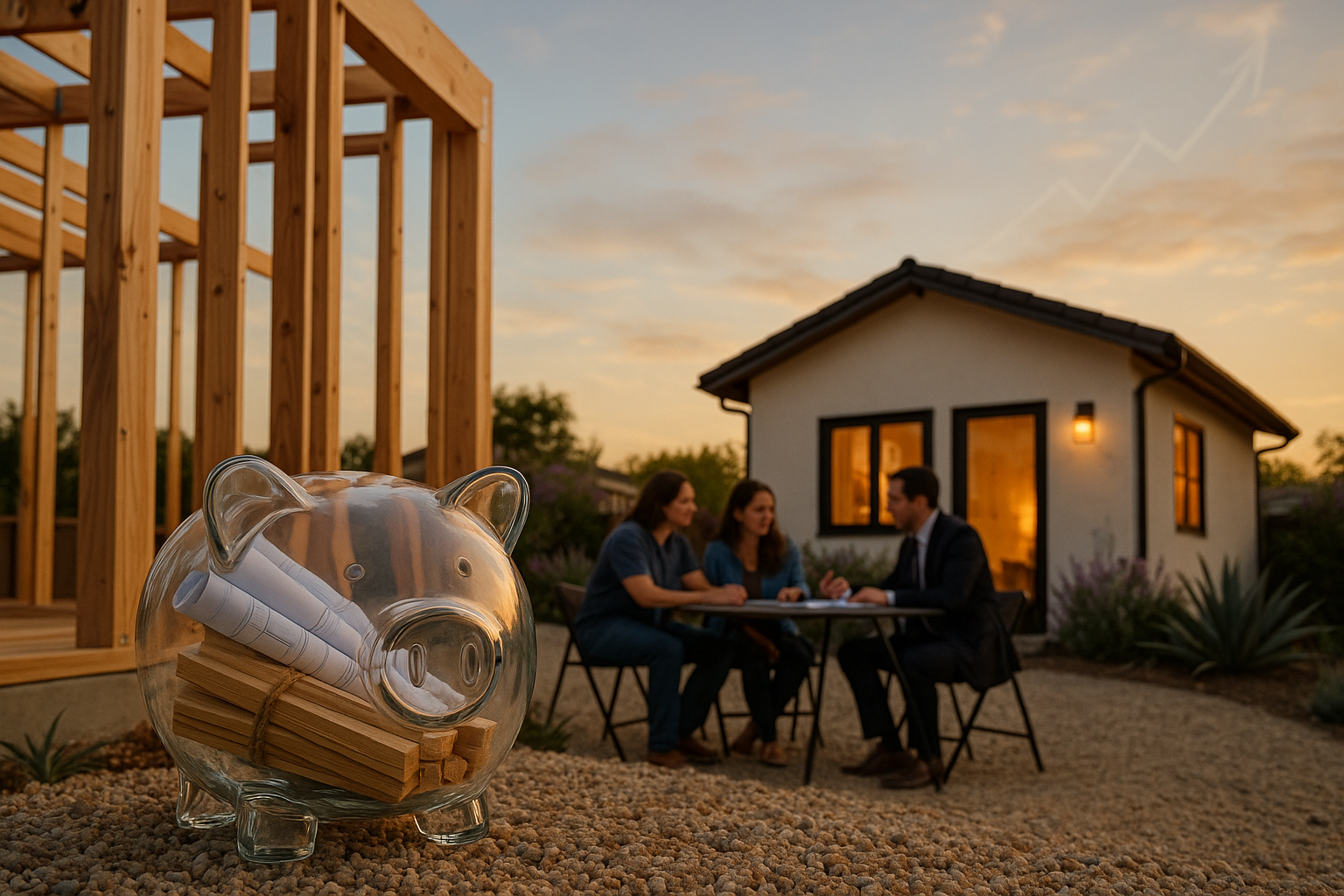When it comes to innovative construction methods, both Structural Insulated Panels (SIPs) and Light Gauge Steel (LGS) are leading the race. Both offer unique benefits, but how do they stack up against each other? Let's dive deep into a comparative analysis of SIPs and LGS constructions.
SIP Construction
SIPs are prefabricated insulated panels used in construction. Each panel consists of an insulating layer of rigid foam sandwiched between two layers of structural board.
Advantages of SIPs
- Superior Insulation: The central layer of insulation in SIPs offers superior thermal performance. This helps to drastically reduce heating and cooling costs, and enhances overall energy efficiency.
- Ease of Installation: SIPs come in large sizes, allowing a quick assembly process, which can reduce construction time and costs.
- Airtight Construction: The monolithic nature of SIPs allows for an extremely airtight construction, which further enhances energy efficiency and creates a more comfortable living environment.
- Sustainability: SIPs create less waste during construction due to their prefabricated nature, making them a more environmentally friendly choice.
Light Gauge Steel (LGS) Construction
LGS construction, as the name suggests, utilizes lightweight steel frames. These structures are known for their strength, versatility, and sustainability.
Advantages of LGS
- Strength and Durability: Steel is strong and highly durable, capable of withstanding extreme weather conditions and seismic activities. Its durability also results in a longer lifespan for the structure.
- Non-Combustible: LGS is non-combustible and resistant to common building threats like termites and rot, contributing to overall safety and reducing maintenance costs.
- Recyclability: Steel is 100% recyclable, making LGS a sustainable choice. Plus, precision manufacturing reduces on-site waste.
- Design Flexibility: LGS allows for architectural flexibility due to its ability to span longer distances without requiring intermediate support.
SIPs vs. Light Gauge Steel: A Comparison
While both SIPs and LGS construction methods provide excellent benefits, there are areas where one outshines the other.
- Insulation: SIPs generally have better insulation due to their core of insulating foam. However, LGS can also achieve excellent insulation levels when used in conjunction with high-quality insulation materials.
- Strength and Durability: LGS takes the lead here. Steel’s strength, resilience, and long lifespan make it ideal for building structures meant to last.
- Construction Speed: Both offer quick assembly due to their prefabricated nature. However, the larger size of SIPs could potentially lead to faster building shell erection times.
- Environmental Impact: Both are sustainable choices but in different ways. SIPs produce less waste during construction, while steel is fully recyclable at the end of a building's lifecycle.
- Design Flexibility: LGS offers more flexibility due to its inherent strength, which allows for larger spans and complex designs. SIPs, while flexible, may have limitations with very intricate designs.
Conclusion
When choosing between SIPs and Light Gauge Steel for construction, it boils down to the specific needs and priorities of your project. Both systems offer unique advantages: SIPs provide superior insulation and airtightness, while LGS construction shines in terms of strength, durability, and design flexibility. By understanding the strengths and weaknesses of each, builders and architects can make an informed decision that suits their project’s unique requirements.











